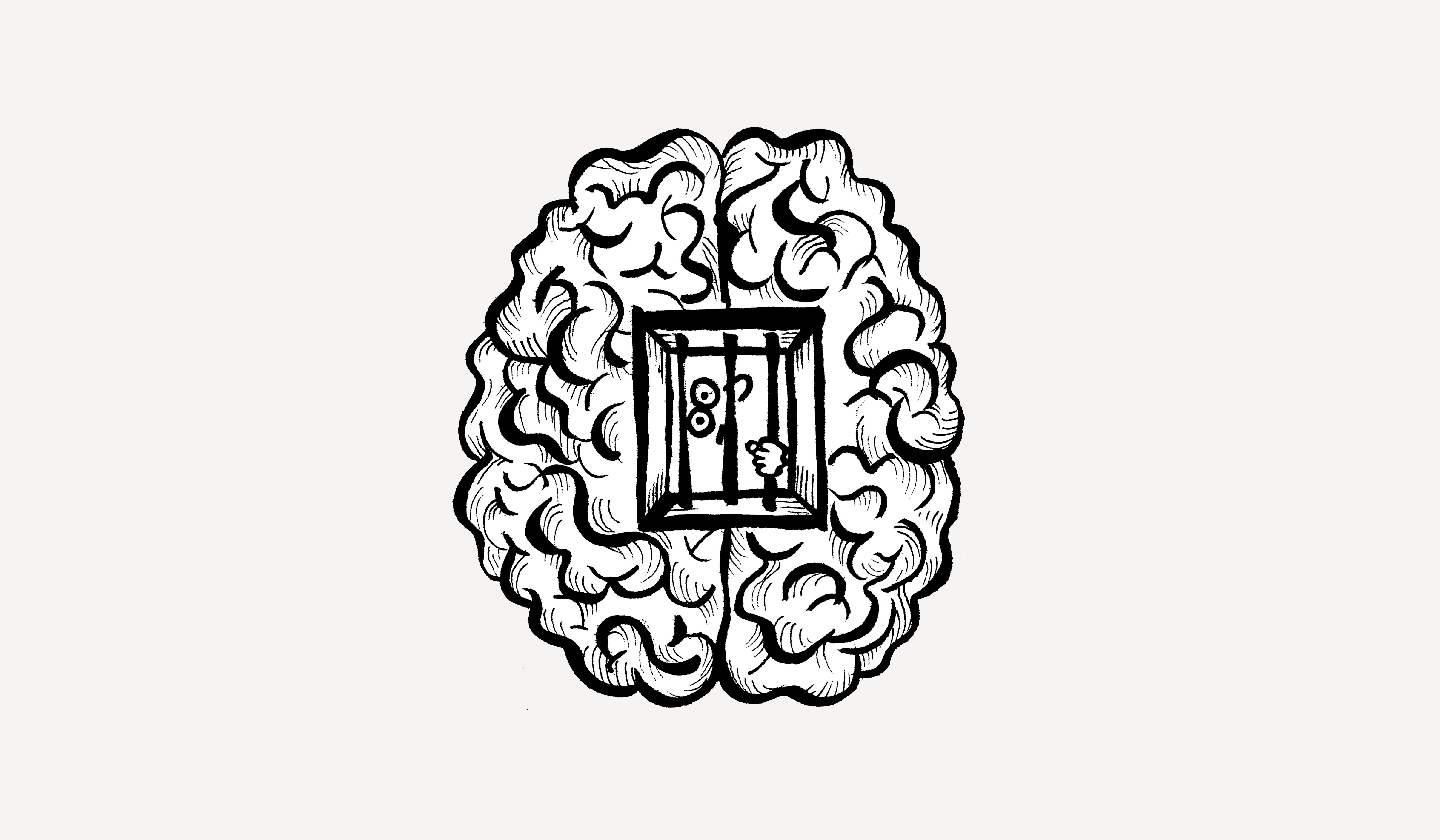
In a 2016 published study about how our ancestral needs impact our modern feelings, researchers uncovered something that will surprise few among the highly intelligent. While most people are happier when they’re surrounded by friends, smart people are happier when they’re not.
The researchers, Norman P. Li and Satoshi Kanazawa, of the Singapore Management University, Singapore and the London School of Economics and Political Science, UK, respectively, were investigating the “savanna theory” of happiness.
The savanna theory — also called the “evolutionary legacy hypothesis” and the “mismatch hypothesis” — posits that we react to circumstances as our ancestors would, having evolved psychologically based on our ancestors’ needs in the days when humankind lived on the savanna.
The st





